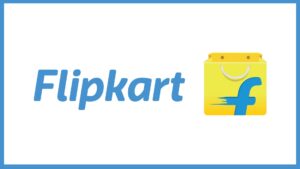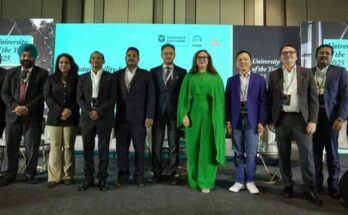Flipkart’s Ethnographic Study on Regional Languages
Flipkart’s Ethnographic Study on Regional Languages
Study Overview
Flipkart conducted an extensive ethnographic study spanning over several months to understand the importance of vernacular languages as a way to assist the users shopping online. This research uncovered various aspects of the three languages, their colloquial usage and patterns to understand consumer behaviour while shopping online. With the help of this comprehensive study, Flipkart aimed to delve deeper into the semantics of these three languages (Tamil, Telugu and Kannada) and establish crucial insights that helped in the development of multilingual capabilities on the platform.
Study Goals
- To understand the vernacular aspects that aid in adoption of online shopping
- To uncover the consumer behaviour (read/write/watch) while shopping online
- To understand the consumer’s perspective on using apps in native languages
Approach
- Defining our TG: For the survey, we selected participants in the age group of 25-35 belonging to Sec C, D income bracket and earning between Rs 8,000-20,000 per month. The sample also looked at areas such as usage of sub-Rs 12,000 smartphone with low memory space but are digital natives
- On-ground interactions with the participants: The research was carried out in three cities – Mysore (Karnataka), Salem (Tamil Nadu) and Visakhapatnam (Andhra Pradesh) since Kannada, Tamil and Telugu apart from Hindi are some of the most widely spoken languages in India.
- Methodology: Participants were asked to display their mobile apps usage to test their comprehension of online shopping followed by in-session interviews and showcasing prototypes
Outcome
To onboard the next 200 million consumers into the fold of ecommerce, it becomes imperative to offer native language experience in the form of an interface to provide comfort and aid in decision making.
- High usage of native language platforms: Consumption of native language platforms for socialising was noticed to be higher as compared to other language platforms. This was also a factor of high usage and display of native script across 3 languages on displays, boardings boards.
- High usage of Kanglish/Tamlish/Telgish (English script but native meaning) typing: Participants showed increased affinity towards using hybrid words that are a mix of English and a regional dialect.
- Mix of Translation & Transliteration: Participants showed a tendency to use a mix of translation and transliteration of words without realising in the same sentence. For instance, participants often use English words (delivery, cash, stock, etc) and native words (dinasi, etc) in the same sentence.
- All three languages have distinctive characteristics: While participants of Kannada and Tamil languages considered representation of categories on ecommerce in native script and in a transliterated form, Telugu speakers preferred the same in English script. Similarly, Kannada speaking users preferred to use Standard Units (SI Units) in native language as against English preferred by Telugu and Tamil speaking users.





